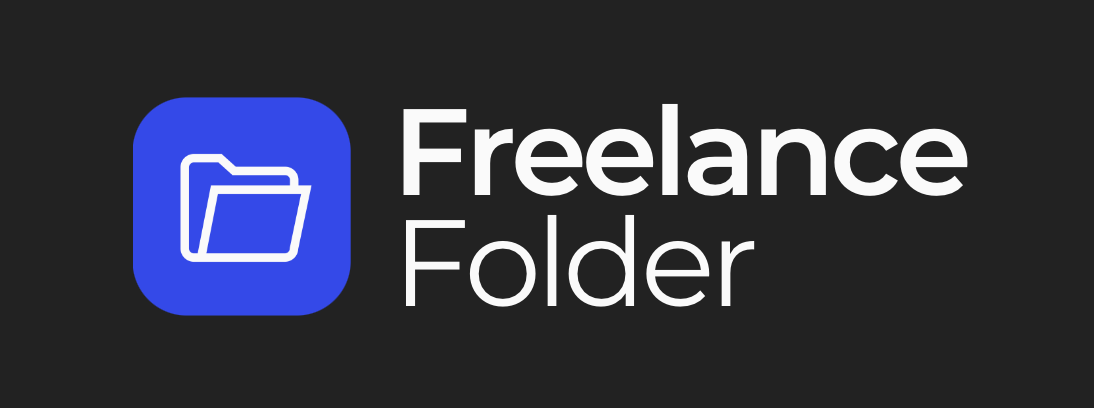Hey everyone!
I’m working on updating my resume for the first time in a while and I’m realizing there’s a lot of conflicting advice out there. Some say “include everything,” others say “keep it to one page.” I’m honestly overwhelmed and don’t want to make rookie mistakes that could get my resume tossed.
What are some common resume mistakes you've made or seen that I should watch out for? Would love any tips or examples you’ve picked up along the way!
I’m working on updating my resume for the first time in a while and I’m realizing there’s a lot of conflicting advice out there. Some say “include everything,” others say “keep it to one page.” I’m honestly overwhelmed and don’t want to make rookie mistakes that could get my resume tossed.
What are some common resume mistakes you've made or seen that I should watch out for? Would love any tips or examples you’ve picked up along the way!
